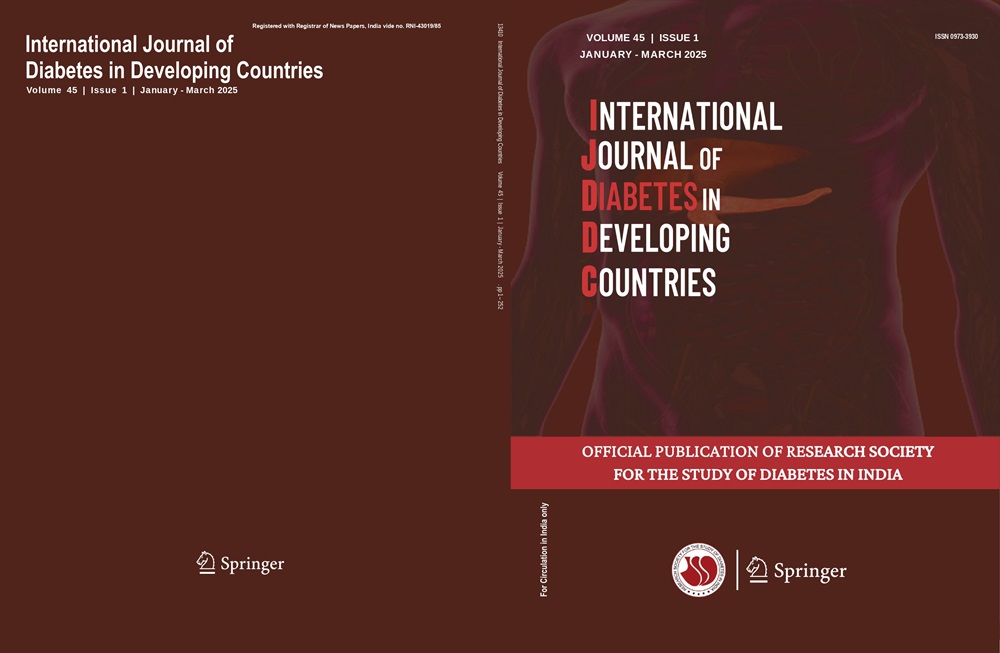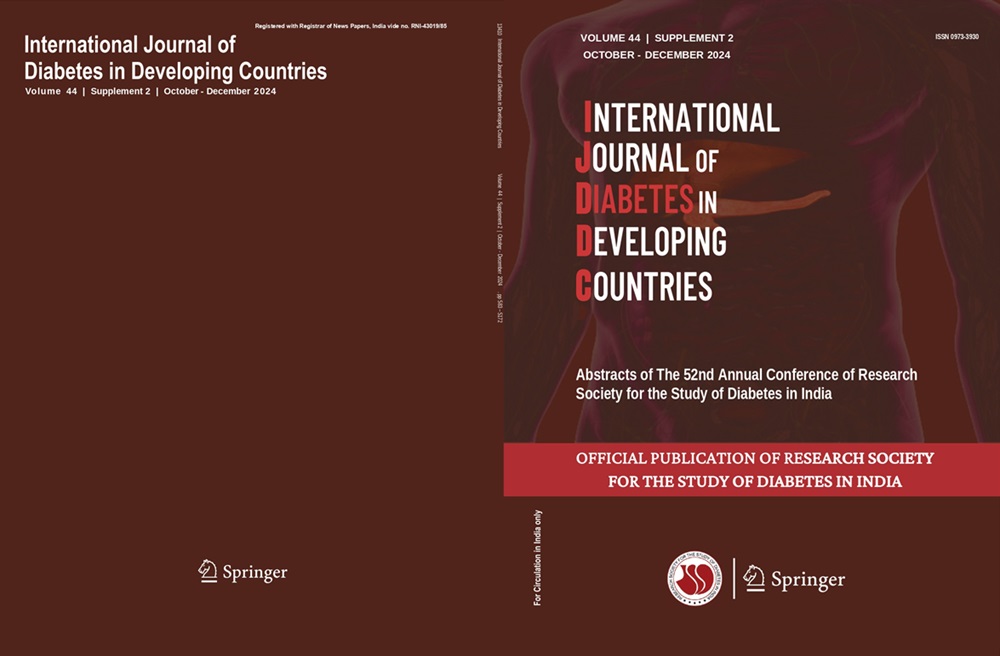Vivek Pant, Anders Kallner
Keywords
Plasma glucose • Serum glucose • Glycated hemoglobin (B-HbA1c) • Receiver operating characteristic analysis(ROC) • Cumulative data analysis (CDA)
Abstract
Background Measurement of venous plasma glucose concentration (P-Glucose) requires preanalytical precautions: rapid cooling, rapid centrifugation, and using tubes with enzyme inhibitors. A special routine for measuring a biomarker that is critical and frequent in metabolic control is logistically demanding and expensive. We revisit and quantify the diagnostic outcome of using venous serum glucose concentration (S-Glucose) to diagnose diabetes mellitus (DM), using glycated hemoglobin (B-HbA1c) as the reference procedure for diagnosis.
Methods Data from 301 participants, with simultaneous measurements of B-HbA1c, fasting S-Glucose and P-Glucose, without diabetes medication or established diagnosis were included. The WHO definition of DM as a B-HbA1c value ≥ 47.5 mmol/mol (6.5%) was used to define DM. The optimal concentration cutoff for S-Glucose was identified using the receiver operating characteristic curve and the cumulative data analysis tools. The diagnostic performance was evaluated by the diagnostic sensitivity, specificity, and the positive likelihood ratio of the S-Glucose measurements.
Results The correlation between S-Glucose and P-Glucose was 0.999. S-Glucose had a diagnostic sensitivity and specificity of 91% and 99% and P-Glucose of 97% and 95%, respectively, to diagnose DM when a cutoff value of 6.9 mmol/L (125 mg/dL) was used and in relation to the diagnosis established by B-HbA1c.
Conclusion The diagnostic sensitivity and specificity of S-Glucose equals those of P-Glucose when compared to the WHO BHbA1c criteria. In comparison, S-Glucose instead of P-Glucose saves costs, optimizes the use of the patient sample, and improves the logistics of samples and reagents.




